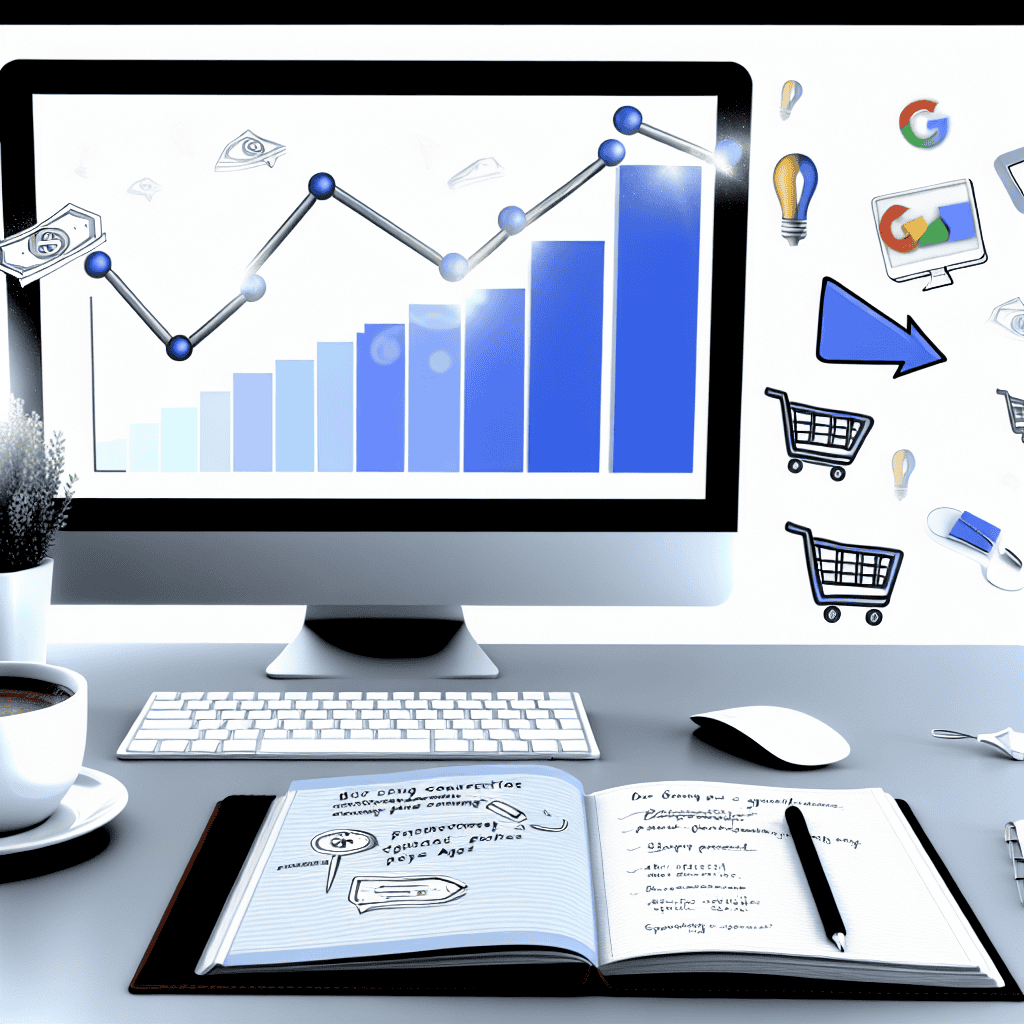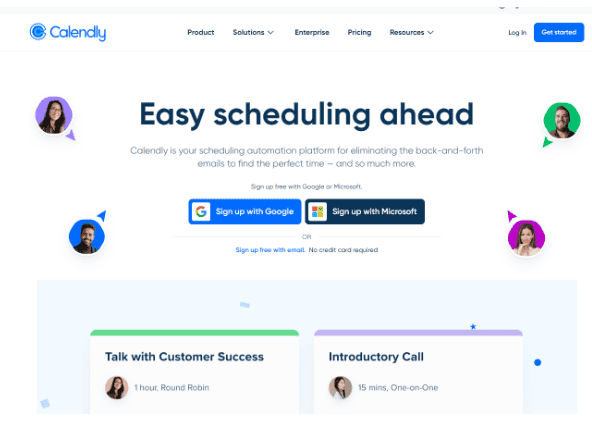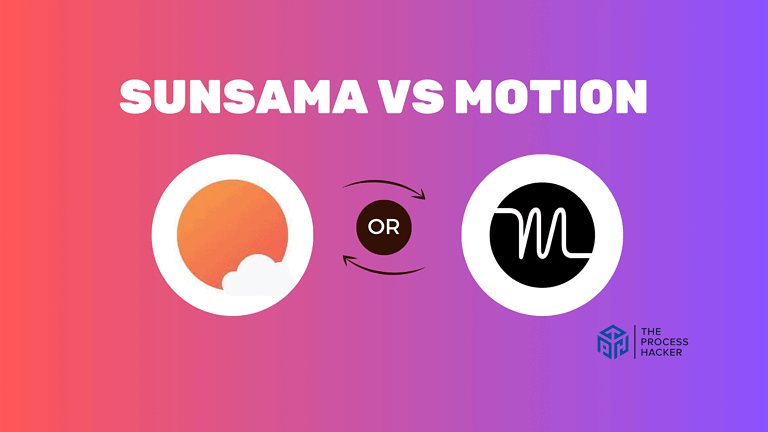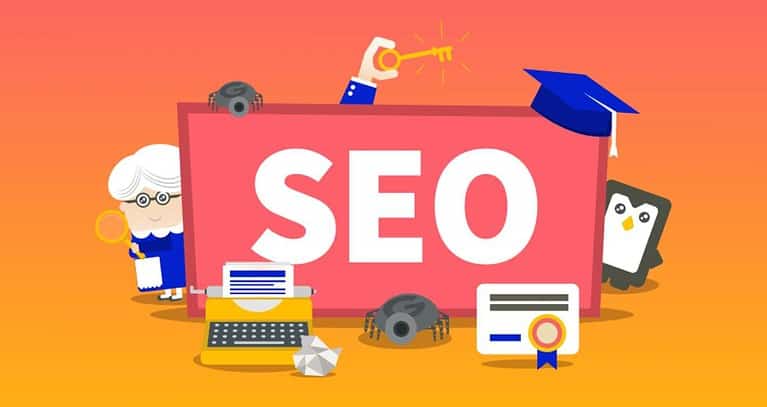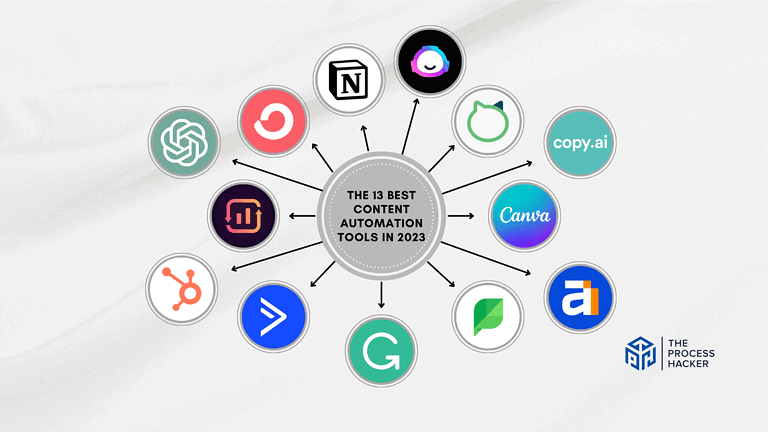Supercharge Your Business: How to Drive Conversions with Google Ads in 2024
Imagine this: a potential customer searches for a product or service you offer. Your ad appears at the top of the search results, perfectly aligned with their needs. They click, they browse, they convert. This isn’t a fantasy; it’s the reality of well-executed Google Ads campaigns.
Did you know businesses make an average of $2 in revenue for every $1 spent on Google Ads? That’s a 100% return on investment! Ready to unlock that kind of growth for your business?
This guide will explore the strategies and tactics that will transform your Google Ads campaigns into conversion-generating machines. From crafting compelling ad copy to mastering the art of keyword targeting, you’ll gain the knowledge and confidence to dominate the search results and drive unprecedented success. Let’s get started!
Understanding Google Ads and its Ecosystem
Google Ads offers a variety of ways to promote your business online. Let’s take a look at the different ad types and how the system works.
What is Google Ads?
Google Ads is an online advertising platform developed by Google. Businesses use it to create Google Ads that reach people when they’re interested in the products or services being offered.
Think of it like this:
- You have a website selling handmade shoes.
- Someone searches Google for “leather boots”.
- With Google Ads, you can create an ad that appears alongside the search results, showing your shoes to that potential customer.
Google Ads works by allowing you to connect with people actively looking for what you offer, increasing your chances of making a sale.
Google Ads offers various ways to advertise, including:
- Text ads on search results pages
- Image ads on websites
- Video ads on YouTube
- Shopping ads that showcase products
- Ad groups
It’s a flexible system in which you can set your own budget and target specific audiences to maximize your advertising spend.
Key Components of a Google Ads Campaign
Google Ads campaigns are intricate structures with interconnected parts working together to achieve your advertising goals. To succeed, you need to understand these core components and how they interact:
1. Keywords
Keywords are the foundation of your Google Ads campaign. They are the words and phrases that people type into Google when searching for products or services like yours.
By selecting the right keywords, you can ensure that your ads appear to the most relevant audience. There are different types of keywords to consider: broad keywords cast a wide net, phrase keywords target specific phrases, exact keywords require an exact match, and negative keywords help you exclude irrelevant searches.
To find the best keywords for your campaign, utilize app ad campaign keyword research tools like Google Keyword Planner or SEMrush and brainstorm terms your ideal customer might use.
2. Ads
Your ads are what potential customers will see when they search on Google. They should be compelling and informative, enticing users to click and learn more. Google Ads offers various ad formats, including text ads, responsive search ads that adapt to different screen sizes, image ads for visual impact, and video ads that can tell a story.
When crafting your ad copy, highlight what makes your business unique, include a solid call to action, and ensure the ad aligns with your target keywords. Ad extensions can also provide additional information and improve your ad’s visibility.
3. Landing Pages
When someone clicks on your ad, they’ll be directed to a landing page on your website. This page plays a crucial role in converting that click into a customer.
A well-optimized landing page should have a clear headline that matches the ad’s message, compelling visuals, and a prominent call to action.
It should be placed neatly for mobile users, load quickly, and provide all the information a user needs to take the next step, whether purchasing, signing up for a newsletter, or requesting a quote.
4. Targeting
Targeting allows you to refine your audience and show your ads to the people most likely to be interested in your offerings. You can target based on demographics like age, gender, income, interests, and behaviors.
Location targeting is also crucial. It enables you to focus on specific geographic areas, whether a country, city, or even a radius around your business. This ensures that people see your ads in the locations you serve.
5. Bidding & Budget
Bidding determines how much you’re willing to pay for each click on your ad. You can choose manual bidding, where you set your bids, or automated bidding, where Google optimizes bids based on your campaign goals.
Setting a realistic budget is essential, and you should regularly monitor your campaign performance to ensure you’re getting a good return on your investment. By analyzing your results and adjusting your bidding strategy, targeting, and ad copy, you can optimize your campaigns for maximum effectiveness.
How to Drive Conversions with Google Ads: A Step-by-Step Guide
Maximizing conversions is a key objective for businesses leveraging online advertising. Google Ads stands out as a robust tool that connects your offerings with users actively searching for what you provide.
Whether you’re new to the Google Ads platform or looking to refine your existing campaigns, this step-by-step guide offers actionable strategies to enhance your Google Ads performance and drive meaningful conversions.
Image source: https://unsplash.com/photos/a-white-google-logo-on-a-blue-background-K1Hns0VkihQ
1. Define Clear Goals and Target Audience
Before launching any Google Ads campaign, set specific objectives. Whether you aim to increase sales, generate leads, or boost website traffic, clear goals will guide your strategy and measure success. Identifying your target audience is equally important. Determine who your ideal customers are by analyzing demographics, interests, and online behavior.
If you’re unsure where to start, consider partnering with an agency in New Jersey or other regions that can provide expertise in market research and audience segmentation. A well-defined audience ensures that your ads reach the right people, enhancing the likelihood of conversions.
2. Conduct Thorough Keyword Research
Keywords are the foundation of any successful Google Ads campaign. Conduct comprehensive keyword research to identify terms your potential customers are using to find products or services similar to yours.
Utilize tools like Google Keyword Planner to discover high-volume and low-competition keywords. Focus on long-tail keywords, which are more specific and often indicate a higher intent to purchase.
Regularly update your keyword list to stay relevant and adjust to changing search trends. Consider negative keywords to filter out irrelevant traffic, ensuring your ads are shown to users genuinely interested in what you offer.
3. Create Compelling Ad Copy
Your ad copy should be clear, concise, and compelling to attract clicks from your target audience. Highlight the unique selling points of your product or service and include a strong call-to-action (CTA) that encourages users to take the desired step, such as “Buy Now,” “Sign Up,” or “Learn More.”
Ensure that your headlines grab attention and that the description accurately reflects your offering. A/B testing different versions of your ad copy can help identify what resonates best with your audience. Incorporate emotional triggers and address pain points to make your ads more relatable and persuasive.
Image source: https://www.pexels.com/photo/coffee-apple-iphone-smartphone-38547/
4. Optimize Landing Pages for Conversions
A well-designed landing page is important for converting clicks into actions. Ensure that your landing pages are relevant to the ad content and provide a seamless user experience.
The page should load quickly, be mobile-friendly, and have a clear and prominent CTA. Use persuasive content, high-quality images, and testimonials to build trust and encourage visitors to complete the desired action.
Simplify forms and reduce the number of fields to minimize friction during the conversion process. Implement tracking mechanisms to monitor user behavior on the landing page, allowing you to make data-driven improvements.
5. Utilize Ad Extensions
Ad extensions enhance your Google Ads by providing additional information and increasing the visibility of your ads. Utilize various extensions such as site links, callouts, structured snippets, and call extensions to offer more value to potential customers.
For example, site links can direct users to specific pages on your website, while call extensions allow users to contact you directly. Proper use of ad extensions can improve your ad’s click-through rate (CTR) and overall performance. Explore different types of extensions to see which ones best complement your campaign goals and resonate with your audience.
6. Monitor, Analyze, and Adjust Campaigns
Continuous monitoring and analysis are key to maintaining and improving your Google Ads performance. Use Google Analytics and Google Ads’ built-in reporting tools to track metrics such as CTR, conversion rate, cost per conversion, and return on ad spend (ROAS). Identify which keywords, ads, and targeting options are performing well and which need adjustments.
Regularly refine your campaigns by pausing underperforming elements, reallocating the budget to high-performing areas, and experimenting with new strategies to enhance results. Staying proactive in your approach ensures that your campaigns remain effective and aligned with your business objectives.
Driving conversions with Google Ads involves a strategic approach that encompasses setting clear goals, conducting effective keyword research, creating engaging ad copy, optimizing landing pages, utilizing ad extensions, and continuously monitoring and adjusting your campaigns.
By following this step-by-step guide, you can maximize the potential of your Google Ads campaigns and achieve your business objectives. Embrace these strategies to transform your Google Ads into a powerful tool for driving your business forward.
Driving conversions is an ongoing process that requires dedication and adaptability. By continuously optimizing and refining your approach, you can ensure that your Google Ads campaigns deliver sustained growth and a strong return on investment. Implementing these tactics boosts your current performance and builds a solid foundation for long-term success in your digital marketing endeavors.
Embrace the dynamic nature of online advertising, remain open to experimenting with new techniques, and prioritize data-driven decisions to maintain and enhance your conversion rates over time.
Measuring and Optimizing Your Google Ads Campaigns
Launching your Google Ads campaigns is just the first step. To truly succeed and maximize your return on investment, you must constantly monitor performance and make data-driven adjustments. This involves tracking key metrics and understanding what they tell you about your campaigns’ effectiveness.
Key Performance Indicators (KPIs) for Google Ads
KPIs are essential for evaluating the success of your Google Ads campaigns. They provide valuable insights into your ads’ performance and where you can improve. Here are some of the most important KPIs to track:
Click-through rate (CTR)
This measures the percentage of people who see and click on your ad. A higher CTR indicates that your ad is relevant and engaging to your target audience. Write compelling ad copy with strong calls to action and relevant keywords to improve CTR.
Conversion rate
This tracks the percentage of users who complete a desired action after clicking your ad, such as purchasing, filling out a form, or subscribing to a newsletter. A high conversion rate signifies that your landing page effectively turns visitors into customers. Optimize your landing page with a clear message, a solid call to action, and a user-friendly design.
Cost per conversion (CPC)
This metric tells you how much you’re spending on each conversion. Monitoring CPC can help you assess the cost-effectiveness of your campaigns. To lower your CPC, focus on improving your Quality Score by optimizing your ads, keywords, and landing page.
Return on ad spend (ROAS)
This crucial KPI measures the revenue generated for every dollar spent on advertising. A higher ROAS indicates a more profitable campaign.
To improve ROAS, you can refine your targeting to reach a more qualified audience, optimize your bidding strategies, and continuously test different ad creatives.
Tools for Monitoring and Analyzing Campaign Performance
Google provides powerful tools to help you closely monitor your Google Ads campaigns and extract valuable insights from your data. Here are two essential platforms:
Google Ads dashboard
This is your central hub within Google Ads for monitoring and managing your campaigns. It provides a comprehensive performance overview, including key metrics like clicks, impressions, CTR, conversions, and cost. You can customize the dashboard to display the data most relevant to your goals and track your progress over time.
The Google Ads dashboard also offers tools for analyzing your data, such as segmentation, which allows you to break down your performance by specific criteria like demographics, devices, or time of day. This granular view can help you identify areas for improvement and optimize your campaigns for better results.
Google Analytics
While the Google Ads dashboard focuses on your ad performance, Google Analytics provides deeper insights into user behavior on your website. By linking your Google Ads and Analytics accounts, you can track what users do after clicking your ads, such as which pages they visit, how long they stay on your site, and whether they complete conversions.
This information is invaluable for understanding how your ads drive traffic and conversions and identifying any bottlenecks in the user journey. Google Analytics also offers advanced analysis tools, like custom reports and audience insights, to help you understand your audience and tailor your campaigns accordingly.
Strategies for Ongoing Optimization
Google Ads is a dynamic platform, and your campaigns require continuous monitoring and optimization to maintain peak performance. Here are some key strategies to ensure your ads are always working their best:
A/B testing
This involves creating multiple versions of your ad copy, landing pages, and even bidding strategies to see which performs best. By testing different elements, you can identify what resonates most with your audience and drives the highest conversions.
For example, you could test different headlines, calls to action, images, or even the layout of your landing page. A/B testing allows you to make data-driven decisions and continuously improve your campaigns.
Analyzing campaign data
Regularly dive into your Google Ads and Google Analytics data to identify areas for improvement. Look for trends, patterns, and anomalies that can provide insights into your audience’s behavior and your campaigns’ effectiveness.
For example, if you notice a particular keyword is driving a lot of clicks but no conversions, you may need to refine your targeting or improve your landing page. Utilize the reporting and analysis tools within both platforms to gain a deeper understanding of your performance.
Staying updated
Google Ads constantly evolves, with new features and best practices emerging regularly. Stay informed about the latest updates by following the Google Ads blog, attending webinars, and participating in industry forums. This will ensure you always leverage the most effective strategies and take advantage of new opportunities to improve your campaigns.
Leveraging Google Ads AI
Google Ads AI is transforming online advertising, using automation to optimize campaigns and boost performance. AI excels in automated bidding, with Smart Bidding algorithms analyzing data to optimize bids in real-time for maximum clicks or conversions. Predictive bidding uses historical data to anticipate future performance and adjust bids for better ROI.
AI also revolutionizes audience targeting in every ad group. Beyond demographics, AI identifies relevant users based on interests and online behavior. Customer Match allows advertisers to upload customer data for highly targeted campaigns while “similar audiences” expand reach to qualified prospects.
AI enhances ad creatives, too. Responsive Search Ads use AI to generate different ad combinations for maximum relevance. Dynamic Search Ads automatically create ads based on your website content. Performance Max campaigns leverage AI to optimize ads across all Google channels.
AI provides valuable insights for optimization. Performance Max uses AI to find the best-performing combinations of assets and audiences. Google Ads offers AI-powered recommendations for improving campaigns. Attribution modeling helps understand how different touchpoints contribute to conversions.
Google continues to introduce new AI-powered tools. Demand Gen campaigns customize strategies by channel and audience. AI-powered image editing enhances visuals across campaign types. Brand Guidelines for Performance Max ensure brand consistency. By embracing these advancements, businesses can gain a competitive edge.
Taking it to the Next Level: Advanced Google Ads Strategies
Once you’ve mastered the fundamentals of Google Ads, you can unlock even more significant potential by exploring these advanced strategies:
Implementing audience targeting and remarketing
Go beyond basic demographics and leverage Google’s influential audience targeting options. Target users based on their interests, online behavior, and past interactions with your website.
Remarketing allows you to re-engage users who have previously visited your site, showing them tailored ads to bring them back and encourage conversions. This can be particularly effective for users who abandoned shopping carts or showed interest in specific products.
Utilizing customer match and similar audiences
Upload your customer data (email addresses) to Google Ads and create “customer match” audiences. This lets you target your existing customers with personalized ads, promoting new products or special offers.
You can also make “similar audiences” to reach new users who share characteristics with your existing customer base, expanding your reach to highly qualified prospects.
Exploring Performance Max campaigns
These goal-based campaigns utilize Google’s automation to optimize your ads across all of Google’s channels (Search, Display, YouTube, Discover, Gmail, and Maps). Performance Max uses your creative assets and audience signals to find the best-performing combinations and maximize your conversions.
This streamlined approach simplifies campaign management and allows you to reach your ideal customers wherever they are on Google’s network.
Integrating Google Ads with your CRM for enhanced insights
Connect your Google Ads account with your Customer Relationship Management (CRM) system. This allows you to combine your online advertising data with valuable customer insights from your CRM.
You can better understand how your ads influence customer behavior throughout the entire customer journey, from initial interaction to conversion and beyond. This integration can also help you personalize your ads based on customer data, leading to more relevant and effective campaigns.
Alternatives to Google Ads for Driving Conversions
While Google Ads is a dominant force in online advertising, it’s not the only option. Depending on your business goals and target audience, exploring alternative platforms might be beneficial. Here are some popular choices:
Facebook Ads and Instagram Ads
With billions of active users, Facebook and Instagram offer immense reach and powerful targeting options. You can target users based on demographics, interests, behavior, and connections to your page. These platforms excel at visual advertising and are particularly effective for building brand awareness and engagement.
LinkedIn Ads for B2B businesses
LinkedIn Ads can be a highly practical choice if you’re targeting professionals or businesses. LinkedIn offers unique targeting options based on job titles, company size, industry, etc. Through sponsored content, InMail ads, and other formats, you can reach decision-makers and build credibility within your industry.
Microsoft Advertising (formerly Bing Ads)
Though it has a smaller market share than Google, Microsoft Advertising can be a valuable addition to your advertising strategy. It offers access to a unique audience, often at a lower cost-per-click than Google Ads. You can also import your existing Google Ads campaigns into Microsoft Advertising, making starting easy.
Native advertising platforms
Native ads blend seamlessly with the content of the websites they appear on, providing a less intrusive advertising experience. Platforms like Taboola and Outbrain distribute your content across a network of premium publishers, reaching a broad audience and driving traffic to your website.
Consider your target audience, budget, and advertising goals when evaluating these alternatives. A combination of platforms might deliver the best results for your business.
Real-World Success Stories: How Businesses Win with Google Ads
1. WordStream: Using Google Ads to Drive Leads and Customers
WordStream, a provider of online advertising software, extensively runs Google Ads to promote its own products and services. Its ads focus on highly specific keywords related to online advertising, PPC, and SEO, ensuring they appear to a highly relevant audience. WordStream also employs compelling ad copy that highlights its unique selling points, such as its free tools and resources.
WordStream’s landing pages are optimized for lead generation, with clear calls to action and forms for users to request demos or download resources. By effectively utilizing keywords, ad copy, and landing pages, WordStream successfully generates leads and converts them into paying customers.
2. HelloFresh: Increasing Brand Awareness and Driving Sales
HelloFresh, a meal kit delivery service, leverages how Google Ads works by increasing brand awareness and driving subscriptions. They use search, display, and video ads to reach a broad audience.
Their search campaigns focus on keywords related to meal kits, recipes, and convenient cooking. Their display ads appear on websites related to food, cooking, and lifestyle, reaching users while they browse relevant content. They also run engaging video ads on YouTube, showcasing the ease and convenience of their service.
By combining different ad formats and targeting options, HelloFresh effectively reaches potential customers and drives conversions.
3. Rothy’s: Promoting Sustainable Shoes with Targeted Campaigns
Rothy’s, a footwear company known for its sustainable practices, uses Google Ads to promote its unique selling points and reach environmentally conscious consumers. They utilize keywords related to sustainable fashion, eco-friendly shoes, and recycled materials. Their ad copy emphasizes their commitment to sustainability and highlights the comfort and style of their shoes.
Rothy’s also employs remarketing campaigns to re-engage users who have previously visited their website or shown interest in specific products. By aligning their Google Ads strategy with their brand values and target audience, Rothy’s effectively drives traffic and sales.
Final Thoughts on Google Ads
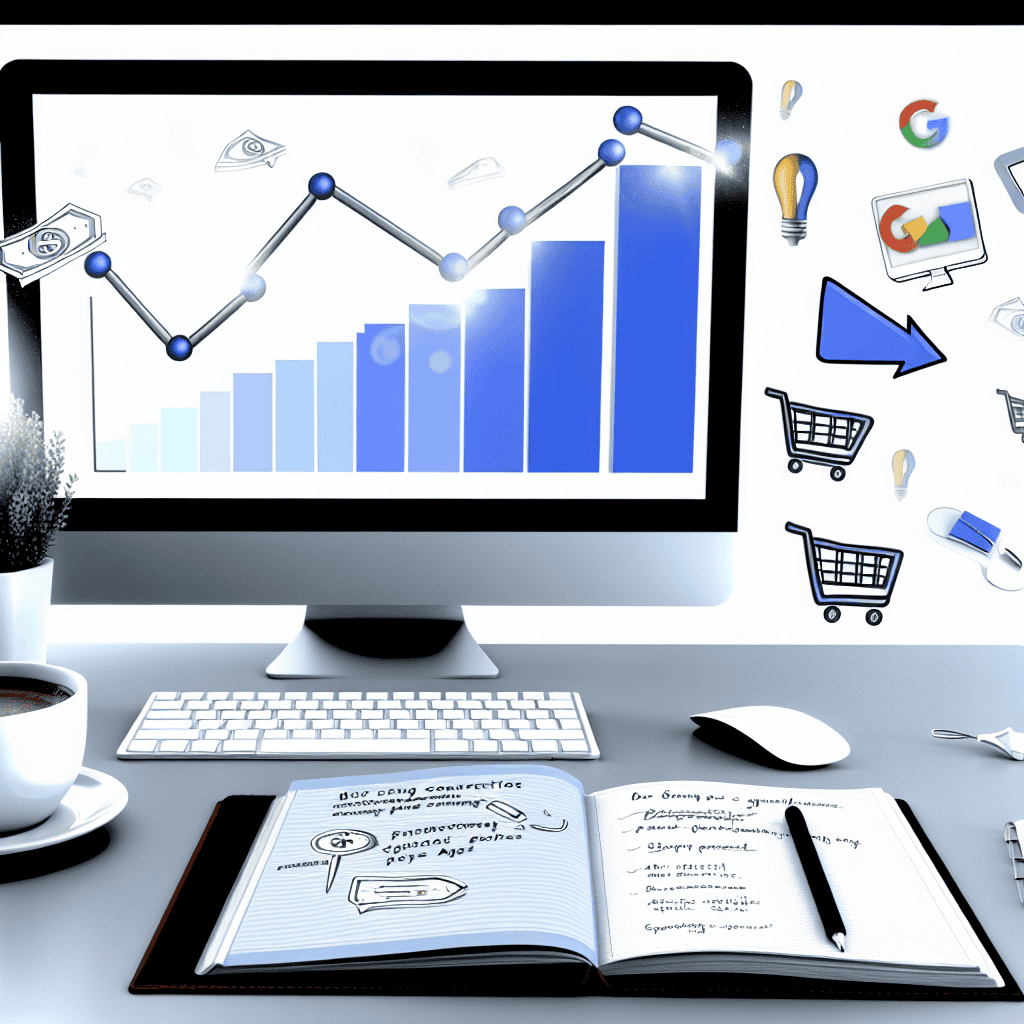
Google Ads offers a powerful platform for businesses to reach their target audience and drive conversions. By understanding the core components of a campaign – keywords, ads, landing pages, targeting, and bidding – you can effectively connect with potential customers at the precise moment they’re searching for products or services like yours.
Remember to continuously monitor your campaigns using key performance indicators (KPIs) like CTR, conversion rate, and ROAS. Leverage tools like the Google Ads dashboard, Google Search Ads, and Google Analytics to gather insights and identify areas for optimization.
Don’t hesitate to experiment with A/B testing and stay informed about the latest Google Ads features and best practices. By implementing the strategies outlined in this article, you can harness the full potential of Google Ads and achieve your business goals.
For further assistance and resources, consider exploring the following:
- Google Ads Help Center: A comprehensive resource with articles, tutorials, and FAQs.
- Google Skillshop: Offers free online courses on Google Ads and other Google products.
- Google Ads Community: Connect with other advertisers, ask questions, and share best practices.
Now it’s time to implement your knowledge and create successful Google Ads campaigns!

